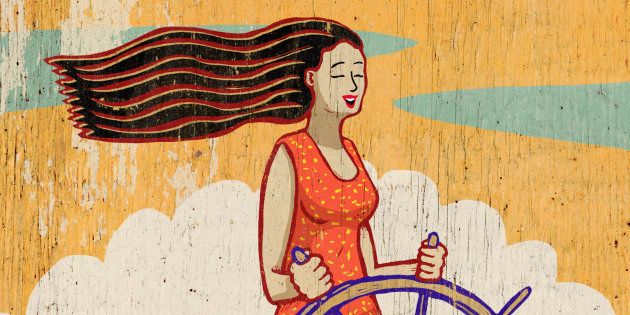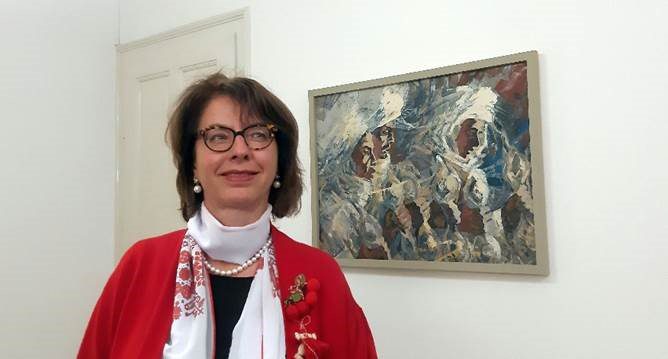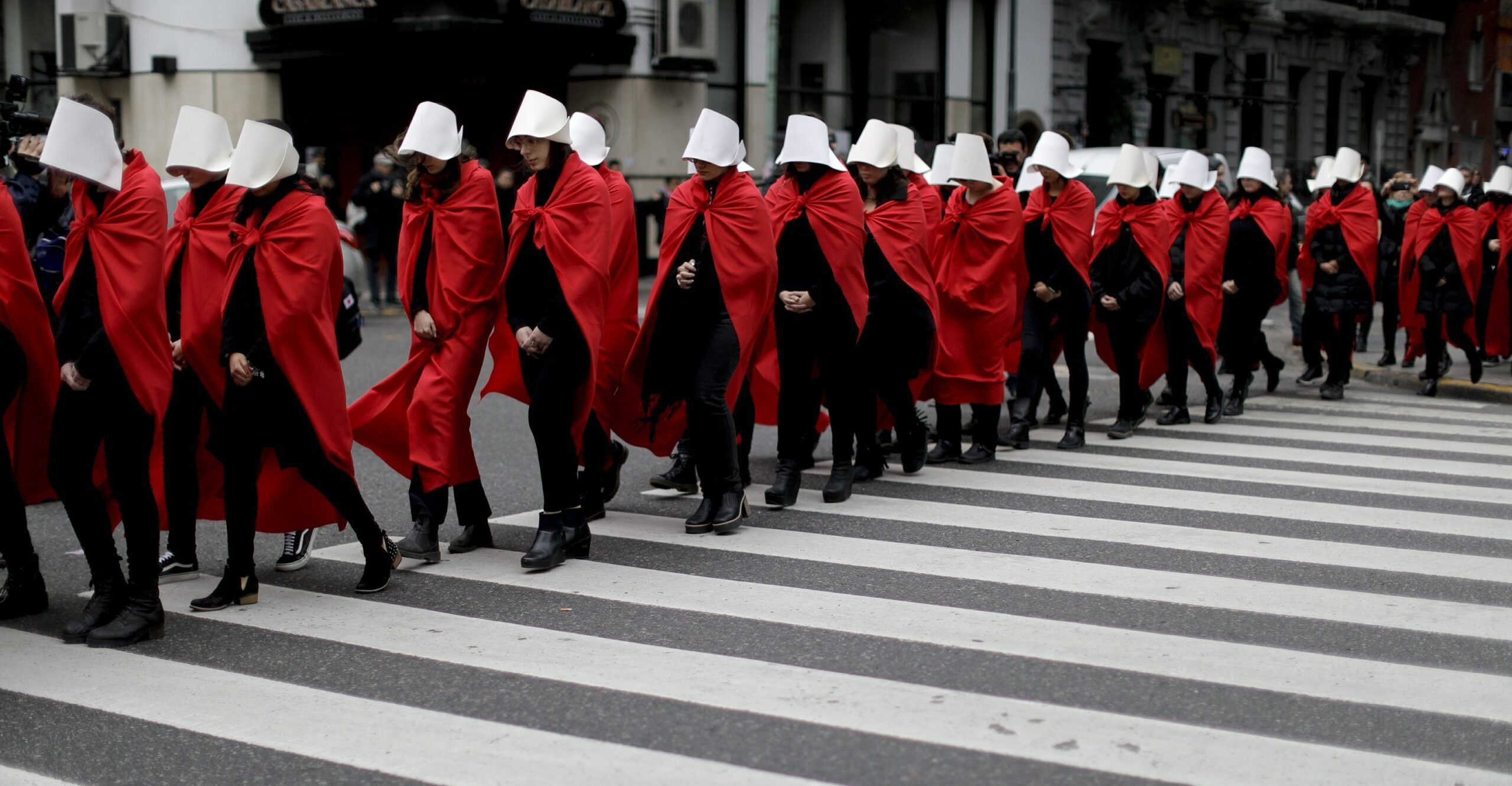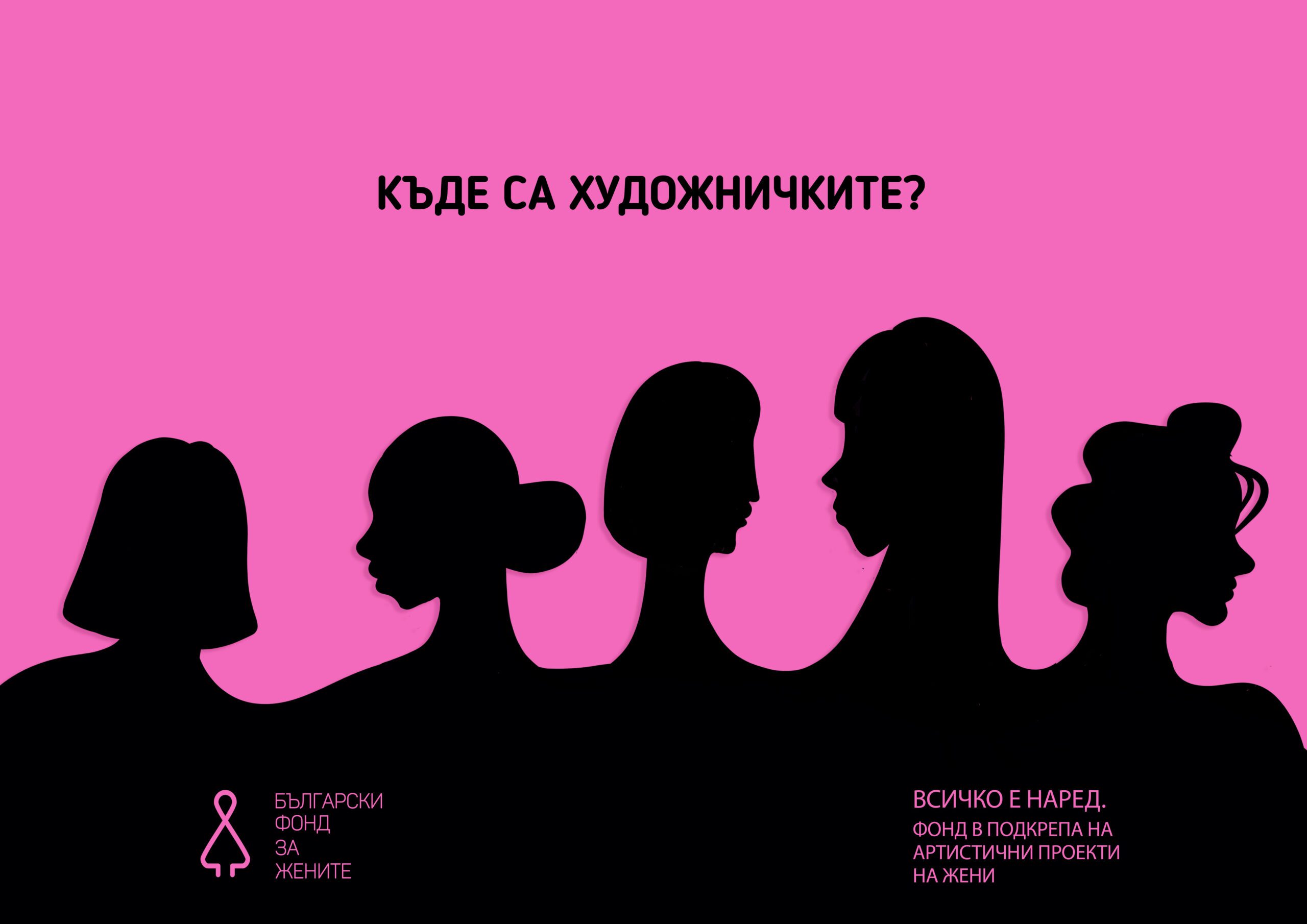The author of this text is Rossena Ivanova – the creator of the initiative “Big Job/ Big Deal”, that aims to connect female artists and female representatives of socially important work sectors. The initiative focuses on labor issues within feminized labor sectors, which are often underpaid and stigmatized as secondary.
It is a fact, that during last year, there was a sharp outflow of women from the labor market into the domestic space. That is why, it is needed that on this 1st of May, Labor Day, we remember what we have achieved so far, what we have lost along the way and where we going with the struggle for labor rights and freedoms.
The first Labor Day took place on September 5, 1882 in New York and was organized by the Central Labor Union. By 1885, Labor Day began to be celebrated in many industrial centers in the United States. Initially, it was dedicated to the struggle to reduce the standard working day from 10 to 8 hours. However, from the very beginning, women have played a major role in the labor movement, although their efforts often remain invisible.
What is more, women were among the first workers to form labor unions. In the 1830s, women working in textile factories in Lowell, Massachusetts, began protesting against poor working conditions and low wages. In 1834, wage cuts pushed them to strike. In 1886, newly released black women in Jackson, Mississippi formed an alliance and went on strike for higher wages for their laundry work.
In the late 19th and early 20th centuries, industrial workers, especially women, worked for meager wages in unsecured factories. In 1911, a huge fire broke out in a garment factory in New York, killing 146 workers in less than 20 minutes. The victims were mostly girls and women immigrants. In 1908, 15,000 women, organized by the American Socialist Party, got on the streets of New York to protest against violence in the workplace and to demand better pay, better working conditions, and the right to vote. It is believed that the protest was dedicated to the workers in the garment industry, who were mobilized in 1857.
In many places, including the United States and Russia at the beginning of the last century, women’s-led labor movements focused on banning child labor. In 1903, Mary Harris Jones, known as “Mother Jones,” organized a 125-kilometer march of child workers on the problem of child labor.
At the same time in Russia, activists such as Alexandra Kollontai talk about the emancipation of women from the unbearable double burden of caring work, through state support and also about the need for financial independence for women that would lead to a better world where true love is possible, not just a transaction of resources.
As the 20th century progresses, voices of solidarity with women are growing stronger. In the second half of the 20th century, many women became part of the labor market. A large part of them continue to fill the so-called “feminized sectors” such as: teachers, hygienists, nurses, etc. In both Europe and the United States, women have found their place in other professions. Although conditions are improving, persistent prejudices, the idea of a “female” and “male” role in society and in the family, are largely preserved. For the first time, there is serious talk of harassment in the workplace. These issues remain on the agenda to this day.
The myth of the super-mother was also born. This is the story of a woman who can do anything. She ennobles the lives of her loved ones, bringing beauty, delicacy and care to them, while at the same time having a successful professional life.
To this day, women make up nearly half of the workforce and are the sole or main support for 40% of families with children (according to the Shiver Center). In almost every profession there is a difference in pay between men and women for doing the same job. The gender pay gap in the EU is 16%. Domestic work, such as childcare, housekeeping and home care, is done mainly by women. Within the home, women do work that is not protected by law, do not receive even the minimum wage, leave, etc. – housework is a simple obligation.
Women are not represented equally with men in the labor market. Currently, 67% of women work, while men’s employment is 79%. In industries where women have integrated well, they still remain low paid. Some of the professions with which “Big Job/ Big Deal” is engaged are: cleaning staff, nurses, seamstresses, social workers, babysitters, housewives. Most of the above are classified as “staff employed in services for the population” and according to the National Statistical Institute are among the lowest paid jobs, with an average wage of BGN 2.89 per hour, as well as the most disproportionately employed by women.
In recent years, #MeToo has revealed what many of us already knew: women are victims of discrimination and harassment in the workplace, which aggravates their position in the labor market.
Therefore, on Labor Day, take the opportunity to relax, but remember that rest is a privilege in a world that disproportionately rewards some and harms others. Today, we remember all the women who dedicate their lives to the struggle for fair and ethical work and equality for women in the market, for them, we toast today, but tomorrow the struggle continues!
We at “Big Job/ Big Deal” will continue to tell the stories of women workers through art. If you would like us to consider you for future projects as a worker or artist, do not hesitate to write to us.
Share you work story with us on: iniciativagolqmarabota@gmail.com
Contact us in Instagram and Facebook
The article is based on the following sources.
Photo: Protest of women workers during a manifestation for the 1st of May, New York, 1936



































